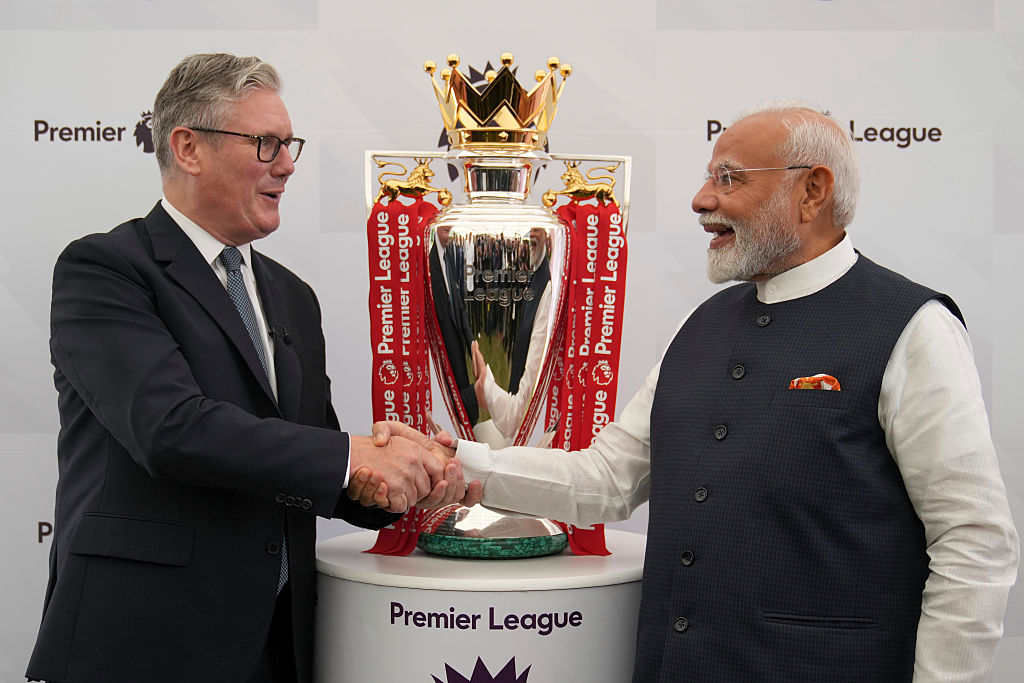
India’s Football Dream: A Youthful Passion Waiting for Purpose
When Prime Minister Narendra Modi recently acknowledged on X (formerly Twitter) that “football is widely admired among India’s youth and several football clubs based in the UK are very popular in India,” it wasn't just a casual remark—it was a recognition long overdue.
For a country where cricket often dominates both headlines and hearts, the silent but steady roar of football's growing popularity deserves serious national attention.
The Global Influence, Local Inertia
Walk through the streets of Kolkata, the lanes of Goa, the schools in Kerala, or the clubs of Northeast India, and you will see football in its rawest, most passionate form. It’s a game played on muddy grounds, dusty patches, and even concrete alleys. Children run barefoot behind deflated balls, fueled not by sponsorship or limelight, but by an inexplicable love for the game.
Yet, the irony remains that while English Premier League (EPL) clubs like Manchester United, Liverpool, and Chelsea command massive followings here, India's own football ecosystem struggles for recognition, support, and serious investment.
Why is it that while teenagers in India can name the full starting XI of Arsenal, they often can't name their local I-League or Indian Super League (ISL) teams?
Disconnect Between Passion and Policy
Football clubs have become household names in urban and semi-urban India. Social media has made global football accessible in real time. Jerseys, chants, and weekend screenings have become cultural events among the youth.
But this admiration hasn't translated into a proportionate upliftment of the domestic scene. The disconnect between admiration and administration is stark.
Opportunity Knocking Loud
Prime Minister Modi’s tweet may appear as a benign observation, but it holds the key to something larger—an opportunity for policymakers, sporting federations, and investors to finally pay heed to football's booming base in India.
We have the crowd. We have the talent. What we lack is infrastructure, grassroots investment, and visionary leadership.
The Path Ahead
India’s football potential has often been described as a "sleeping giant.” But giants don’t awaken with tweets alone—they need vision, resources, and above all, a structured roadmap.
If the UK’s footballing model is admired here, why not adapt its grassroots strategy? School-level tournaments, district leagues, and youth academies should be a national priority—not an afterthought.
The central government, along with state sports ministries, must collaborate with the AIFF (All India Football Federation) to ensure that admiration for foreign clubs doesn’t remain a distant dream, but sparks a revival of domestic pride.
Football as a National Project
Football must be seen not just as a game but as a means to community building, youth development, and even economic opportunity. Prime Minister Modi has rightly acknowledged the pulse of India’s youth. Now is the time to convert that sentiment into structured support.
Because behind every Indian child dreaming in Manchester red or Chelsea blue, there is a potential Sunil Chhetri waiting to be discovered, nurtured, and celebrated.

.jpg)




💬 Comments
No comments yet. Be the first to comment!